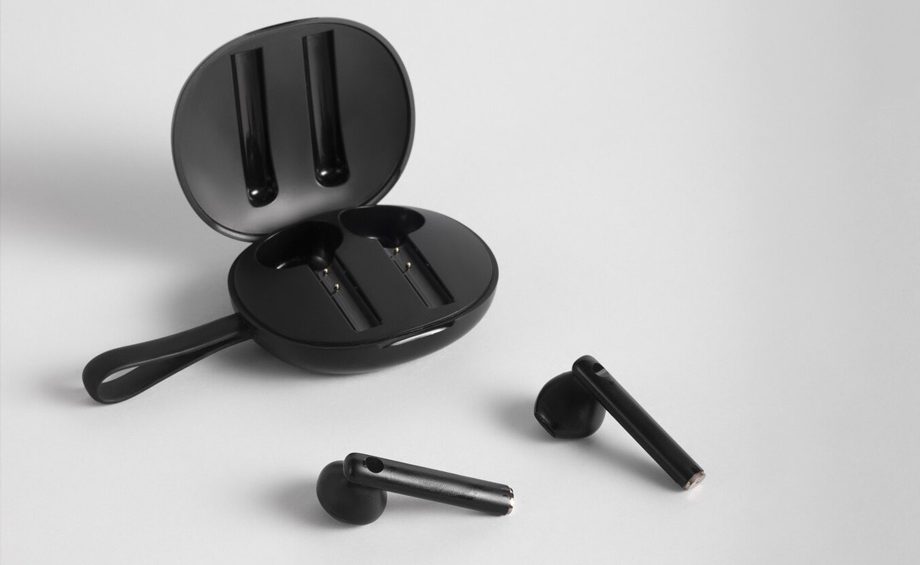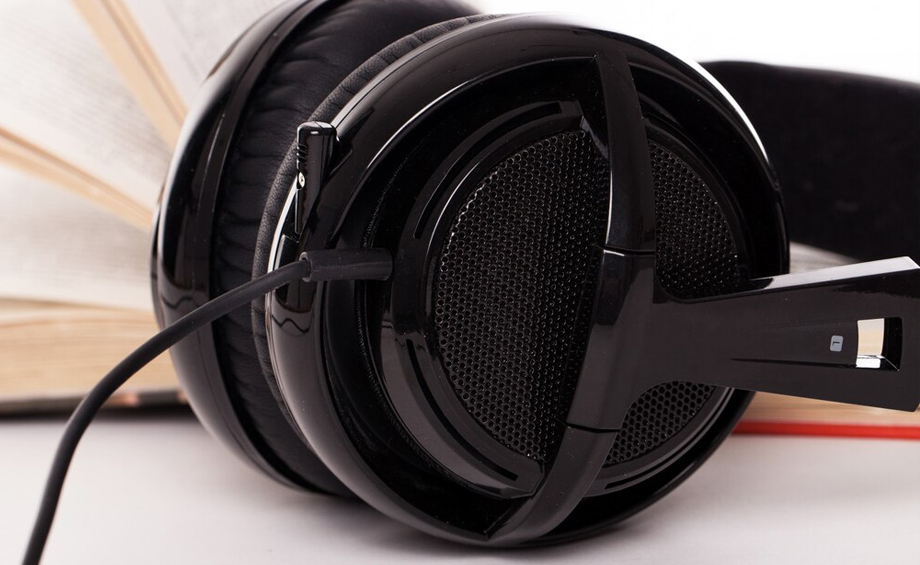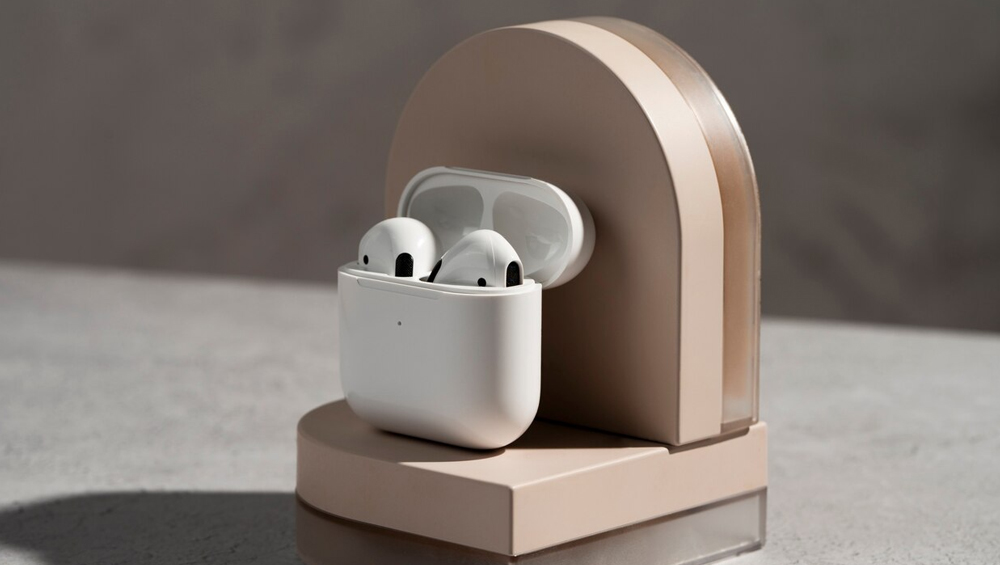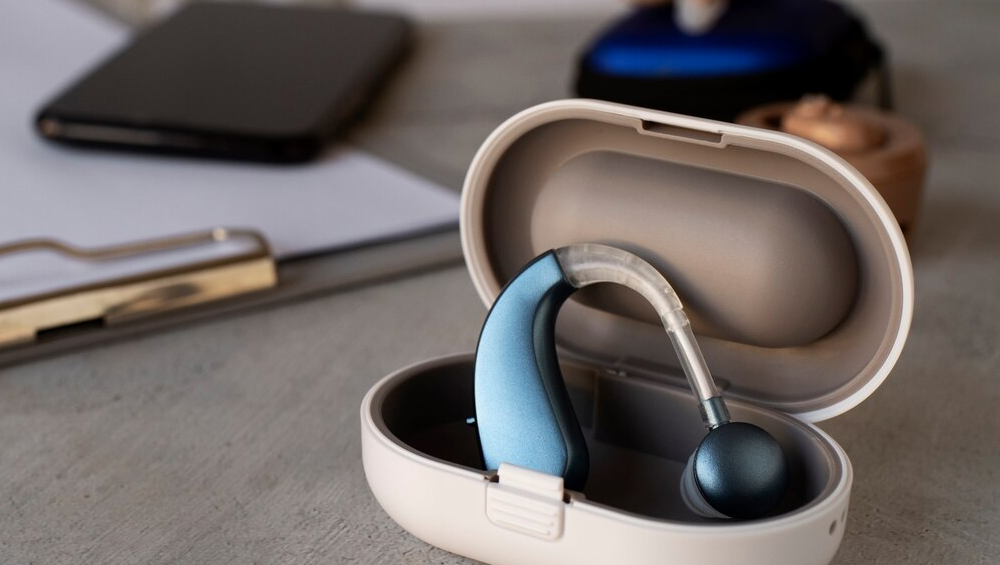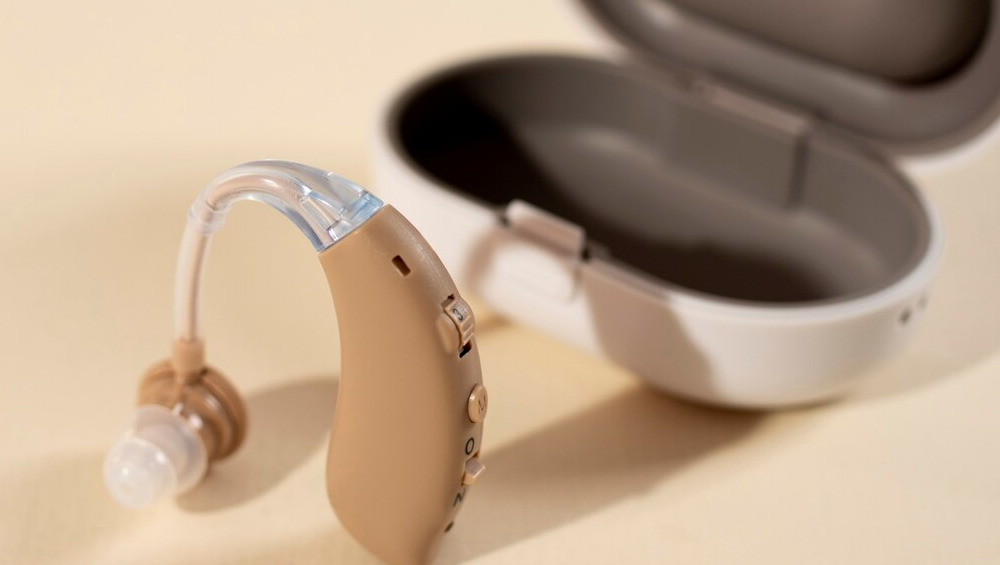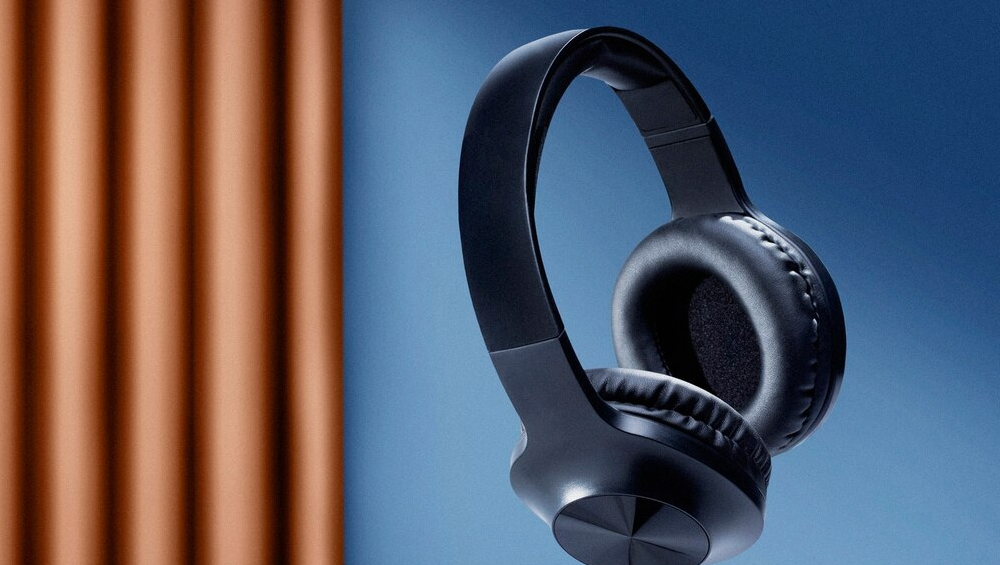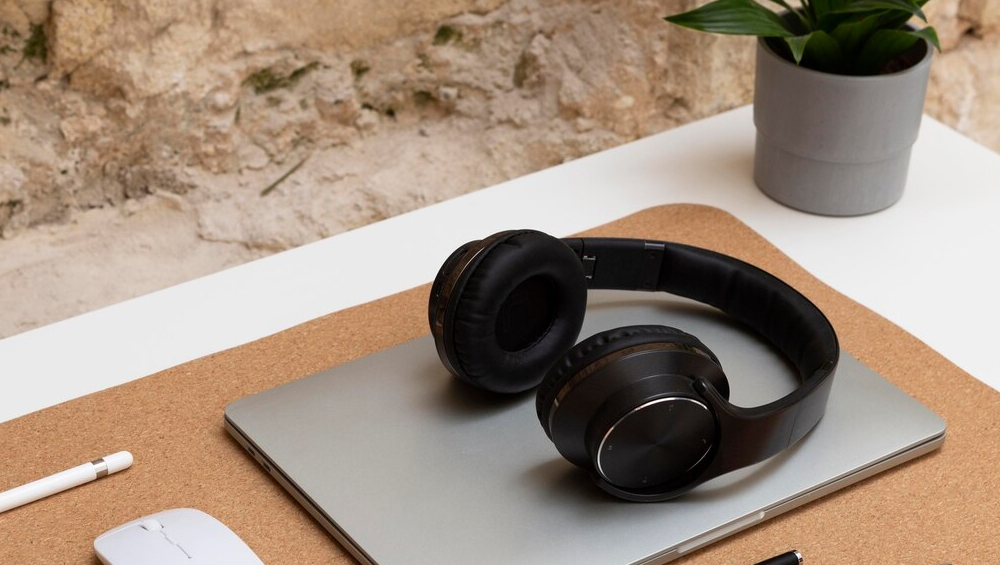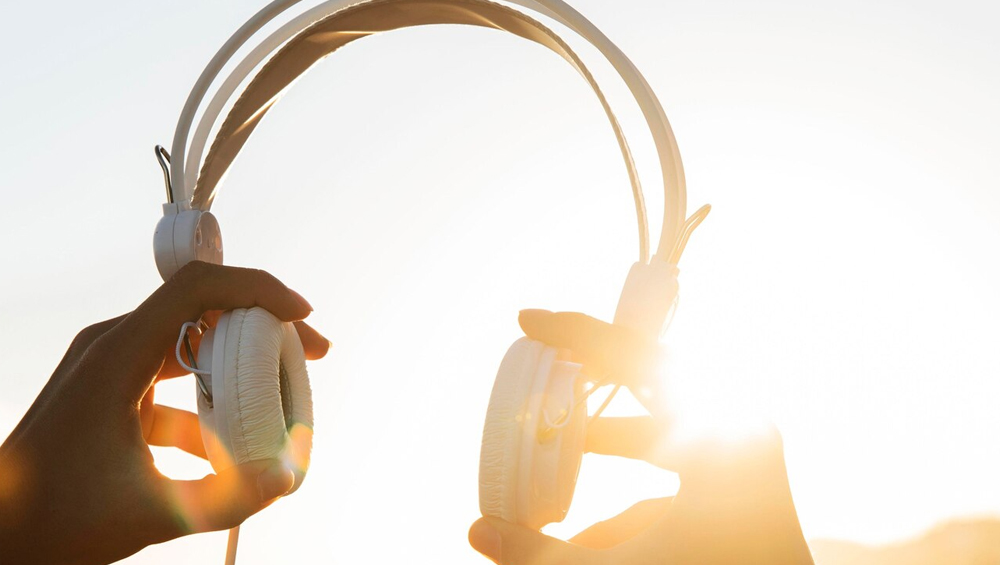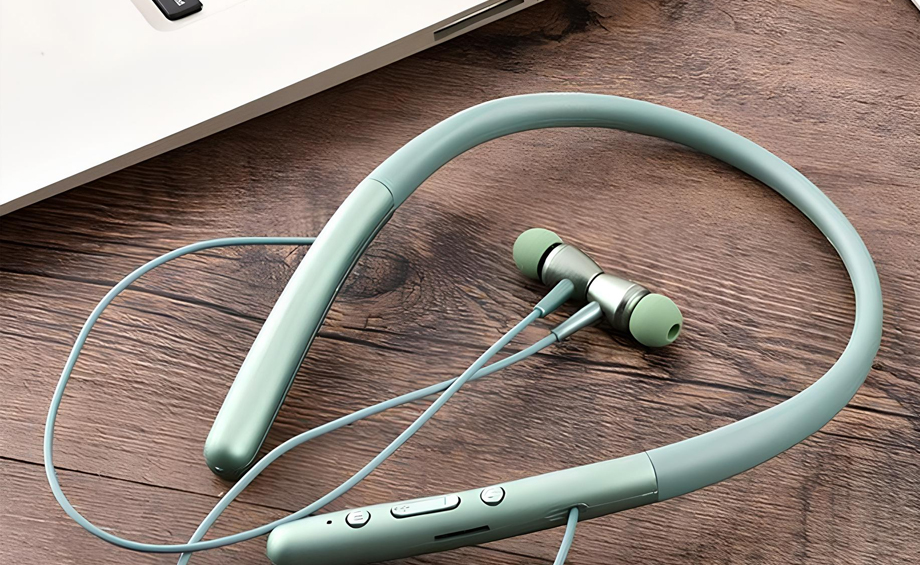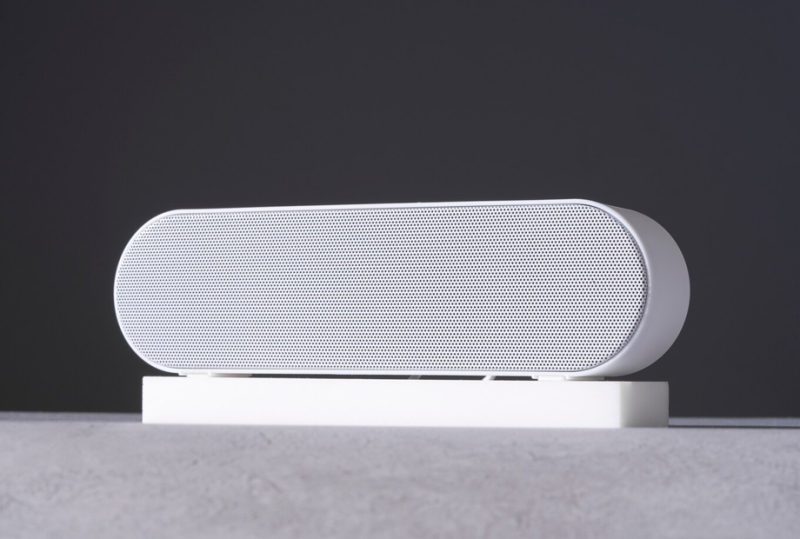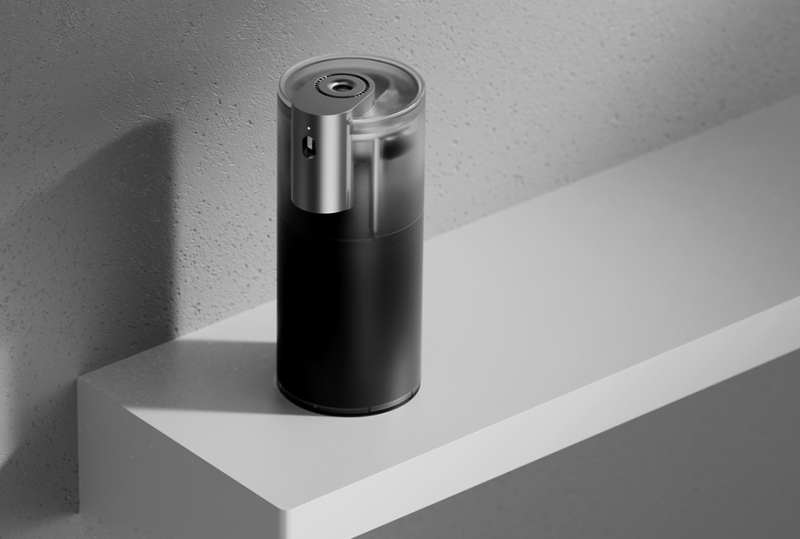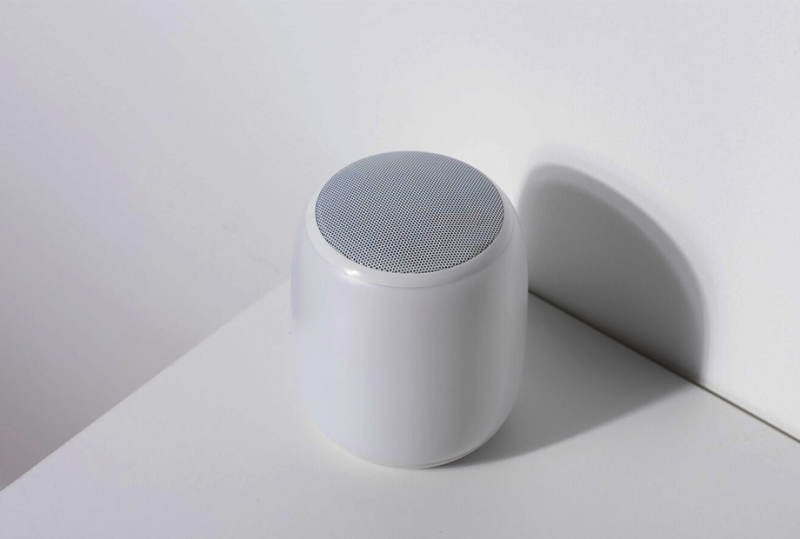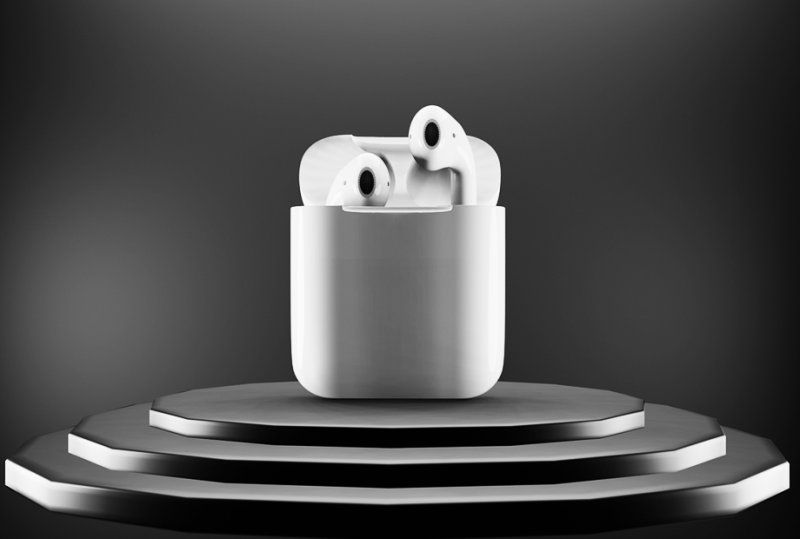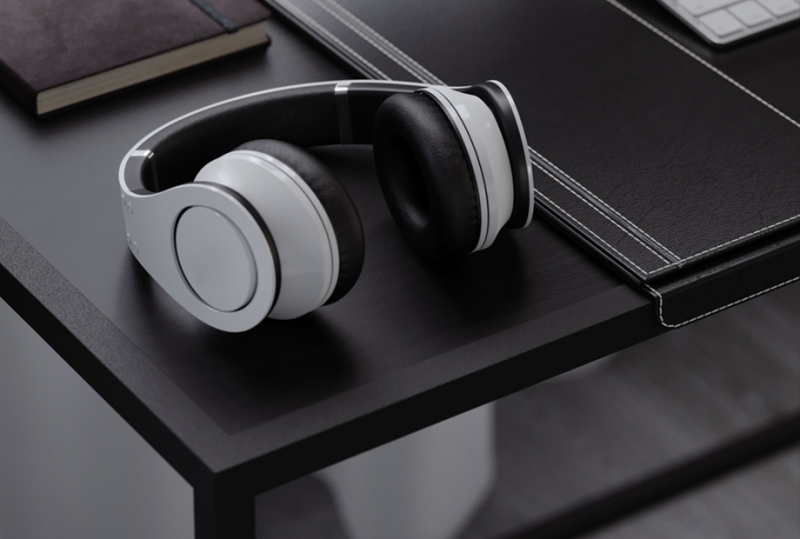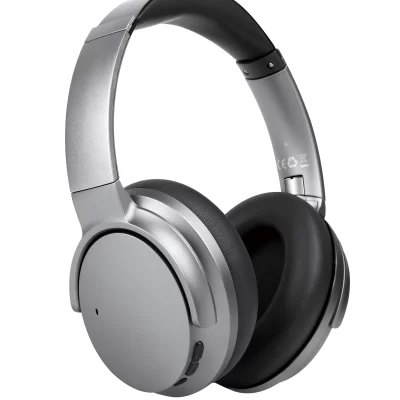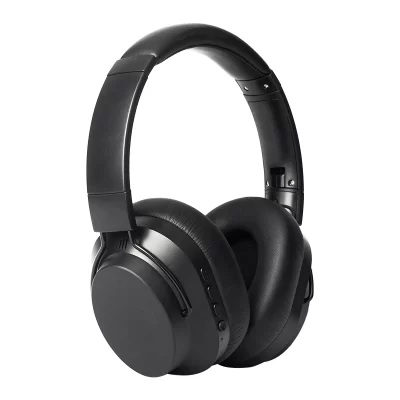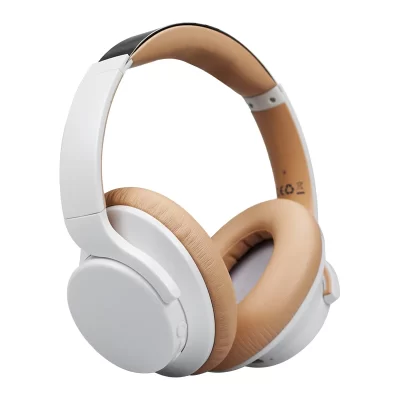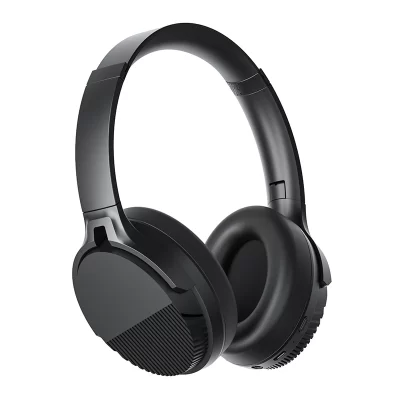Most people today have an unparalleled passion for music. However, the headphones they choose play a vital role in providing a top-notch experience to the wearer. You will often notice that people get confused when asked which is better, neckband or earbuds. There is an answer to this query.
The market is full of a glut of options. So, getting tangled up in the choice is not a big deal. However, finding a one-stop solution for workouts, travel, work calls, and soothing music is a challenge. That is why we are here to provide you with the perfect solution. We promise; it will provide unparalleled help. In this article, we will discuss neckband headphones vs earbuds.
What are neckband headphones
Neckband headphones are headphones worn around the neck that connect wirelessly to your device via Bluetooth, which can be a mobile phone, laptop, tablet, or smart TV.
Neckband headphones have fascinated people with their comfortable, stylish, and unique design. The modern look of the entire neckband hangs quietly around the neck, freeing people from the tangle of wired headphones. The unique positioning of the neckband headphones ensures that the headphones do not move when the wearer moves. Neckband headphones are easy to hang.
Features and Benefits of Neckband Headphones
Neckband headphones have poor sound isolation and are great for runners because they do not block out all sounds but allow you to hear traffic and outside sounds while running. They are very easy to operate compared to earbuds.
Neckband headphones come with a built-in microphone that facilitates easy communication and an immersive sound experience. Its rigid neckband and snug fit on the ears make it a great companion for runners.
The advantages of neckband headphones are as follows:
• It has a sporty design and looks great.
• They do not cause any discomfort or inconvenience while using.
• The battery life of this headset is extremely long, which means less charging requirements.
• Neckband headphones come with a rigid neckband and a comfortable short cable, so there is no need to untangle the cable.
• They are very lightweight.
• Highly portable and can be simply hung around the neck.
• Neckband headphones are best suited for people who are working out, traveling, or hiking.
• They are absolutely water and sweat resistant.
• Neckband headphones guarantee an immersive sound quality.
What are earbud headphones?
Wireless earphones are tiny technological wonders that have revolutionized the way people listen to music, take calls or exercise. They are completely wireless between the device and the ear canal, and these little wonders rely on Bluetooth to transmit any sound to the ear. When comparing neckband earphones vs earbuds, earbuds have a premium and authentic look with an extra touch of charm.
Features and Benefits of Earbuds
These earphones come with a charging case that has power flexibility. They have a strong battery life and excellent microphones. The earbuds sit comfortably inside the ear canal.
Their placement makes them closest to the eardrum. The sound quality they offer is exceptional. The earcups seal out external sounds and help focus on the sound of the music. The advantages of earbuds are as follows:
• It has a futuristic design.
• Allows freedom of movement.
• They are extremely compact and easy to carry.
• They are truly wireless, which means there is no need to worry about tangled cables. /li>
• The provision of a box ensures that the earphones can be charged anywhere and at any time.
• Additional features for style and sophisticated looks.
• The earphones can be connected to TVs, tablets, laptops, etc.
• When comparing neckband headphones vs earbuds, two people can share earbuds comfortably.
• They have a wide range of controls and come in different styles and colors.
Neckband Headphones vs Earbuds
Both neckband and earbuds have unique qualities that attract customers to buy them, but there are some differences that should be considered before buying. Sound quality is a very important parameter that influences the purchase decision.
Between neckband headphones and wireless earbuds, the latter will disappoint you. Both headphones are affordable, and the compromise in price brings problems such as noise cancellation, poor connectivity, and mediocre sound quality. Wireless earbuds are more prone to these situations.
Wireless earbuds are more portable, lighter in weight, and can be easily put in pockets. Both neckband headphones and wireless earbuds bring a good-looking and sporty look to the wearer. Neckband headphones are perfect for running, working out, hiking, and traveling, while wireless earbuds are best for walking, cycling, listening to music, and calling. These differences may have answered your question about which is better, neckband headphones or earbuds.
Neckband headphones and wireless earbuds have their own advantages and disadvantages in their use; therefore, it becomes vital to know which one to choose. It becomes very important to compare neckband headphones vs earbuds before making the right decision because there is no point in investing thousands of dollars just on earbuds.

